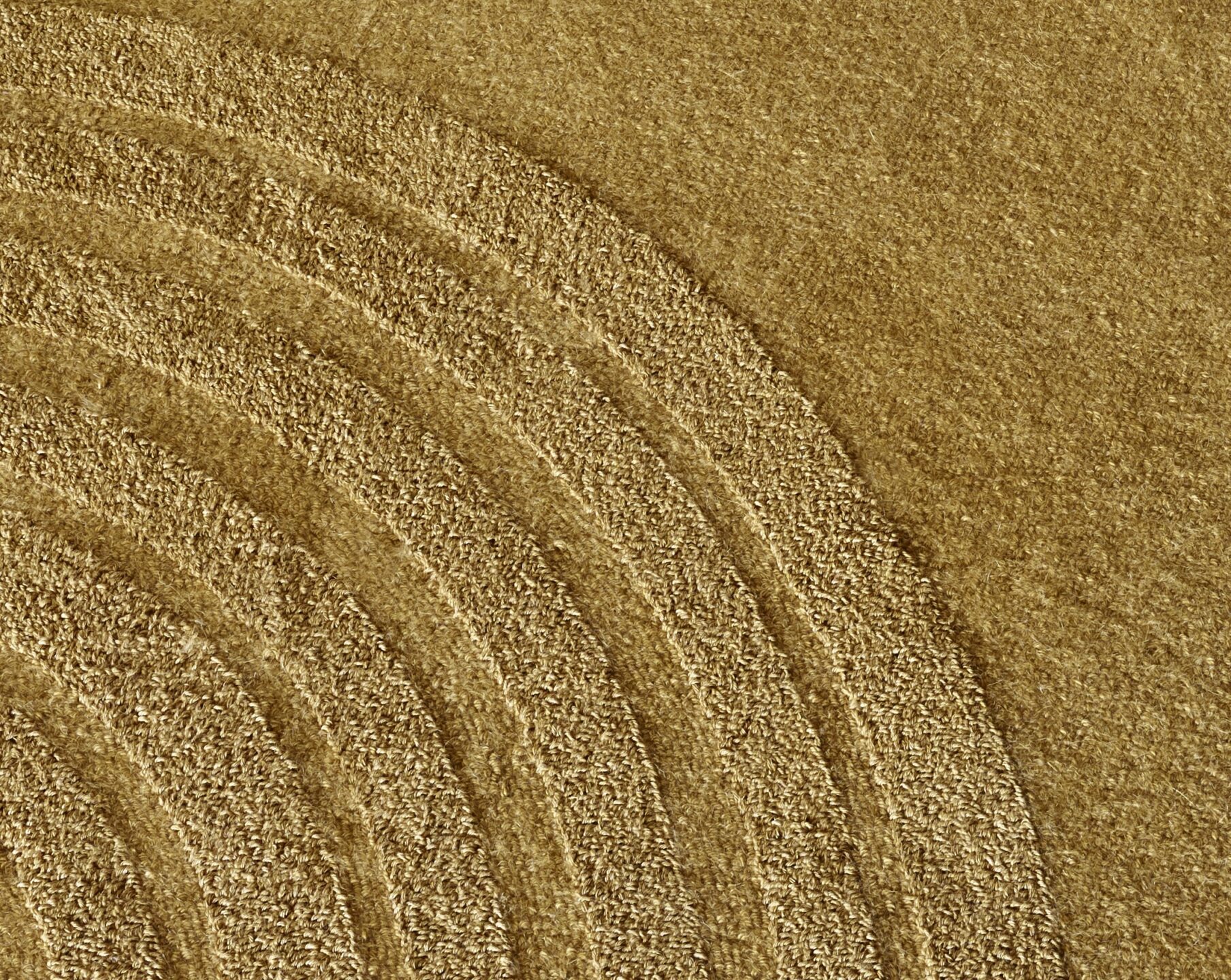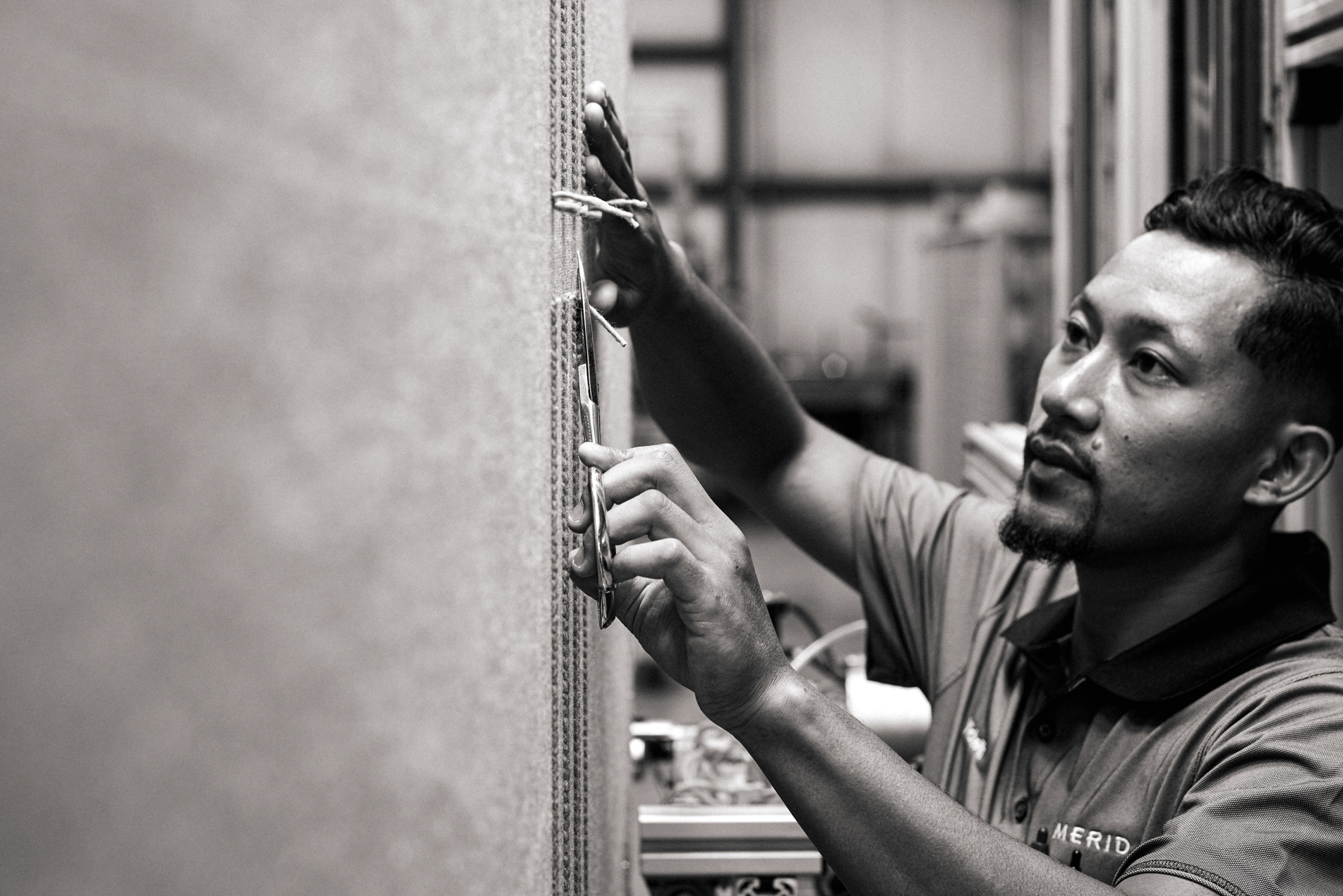A Living Language of Color
When I think about color, I don’t begin with the question of what looks good next to what. I think about character. Temperament. Each color must feel like it belongs in the same emotional vocabulary as the others, even if they are entirely different on the surface.
A palette is not a collection. It’s a chart of relationships.
To me, building a palette is like building a home for many voices—each distinct, but part of the same language. You can feel when they know each other, when they’ve grown from the same root, even if they now stand far apart.
That’s what makes a color system meaningful: you don’t just recognize the colors—you recognize the relationships between them. It’s the invisible thread that ties them together.
This is why I always say a color isn’t just a hue. It’s a presence. A way of being. Some are discreet. Some are assertive. Some hold memory quietly, while others arrive like a question. But in the right context, they all start to speak.
You may see a color again—months later, in a different piece—and feel something stir. Haven’t I seen this before? Not the color itself, but the feeling. That’s the recognition I care about. Not visual repetition, but emotional continuity.
My goal is not to make a palette that coordinates. It’s to make one that resonates—within the piece, across the series, and eventually, with the person who lives with it.
Because when the relationships are right, the color doesn’t just sit on the surface. It vibrates. It hums. And even years later, you feel it before you see it.



